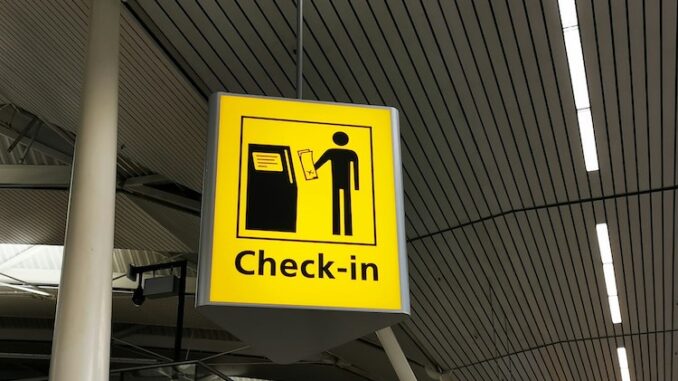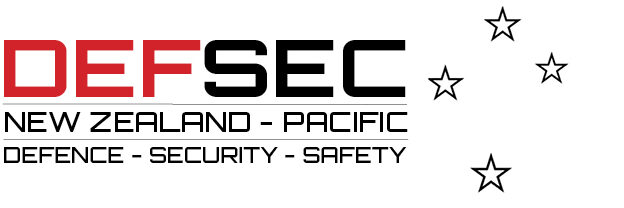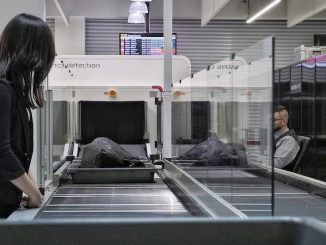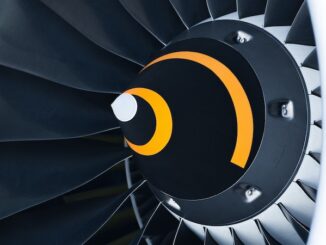
A just-released Civil Aviation Authority survey suggests high public satisfaction with aviation security, seemingly contradicting ministerial concerns over Avsec waiting times, writes Nicholas Dynon.
In the wake of Transport Minister Simeon Brown’s call for New Zealand’s Civil Aviation Authority to deliver faster, more efficient, airport security screening, the CAA (which operates the Aviation Security Service, or Avsec) has released the results of its latest public perceptions survey.
The results? The public, it appears, is generally highly satisfied with the CAA and airport security procedures.
Minister unsatisfied
The results seemingly fly in the face of comments made by Transport Minister Simeon Brown in mid-2024 suggesting that an overhaul of aviation security was needed.
In June 2024, Minister Brown noted that 87 percent of domestic passengers and 77 percent of international passengers were screened within 10 minutes at Auckland airport. That figure, he said, should be at least 95 percent.
“As the saying goes, time is money, and many people’s time has been chewed up through an inefficient aviation security service,” he said at a 27 August speech to the Aviation Industry Association Conference.
“It has become clear to me that AvSec is not operating as efficiently as it should.”
In a document to Cabinet, the minister stated that he wanted to use the opportunity the Civil Aviation Authority funding review “to test the appetite of industry to take on a role in aviation security services”.
CAA research
The Feel Safe research, which was conducted by Verian on behalf of the CAA in November 2024, included an online survey of 1,004 air travellers who live in New Zealand and an intercept survey of 305 international travellers at Auckland Airport. Its results, released in January, are available on the CAA website.
Seeking to measure changes in perceptions of safety over time, investigate how perceptions of safety vary, identify the key things that influence and inform perceptions of safety, and measure and track aviation rule knowledge, the research found generally high levels of satisfaction with the CAA.
“We’re encouraged by results which show the vast majority of travellers feel safe and secure when they fly and are satisfied with security procedures,” said Director of Civil Aviation Keith Manch.
“It’s a testament to our hard-working teams, alongside our airport and airline counterparts, who all play a significant role in aviation safety and security.”
According to the CAA’s report summary, 80% of New Zealand resident travellers and 89% of international travellers felt safe and secure when they flew. A favourable 81% of New Zealand resident travellers and 97% of international travellers were “satisfied with security procedures”.
Of New Zealand resident travellers surveyed, 79% said aviation security in New Zealand is effective (an increase of 2% since 2011), and 78% said AvSec staff at airports are friendly and helpful, a sharp increase from the historical low of 62% in 2022, and a measured increase since 2011 (72%).
Of the 2% of passengers who were unsatisfied with security procedures, stated the summary, when asked why they were unsatisfied 37% stated that screening wait times were too long.
Breaking down the results
What may go some way to explain the apparent gulf between the minister’s dissatisfaction with the timeliness of AvSec’s screening procedures and the positive public perceptions noted in the CAA’s survey findings is that the survey itself doesn’t appear to have asked respondents specifically about screening timeliness or queues.
Indeed, according to the 60-page survey findings report, travellers were asked about:
- How satisfied they were that the security procedures they undertook were going to keep them safe and secure for the duration of their flight.
- The extent to which they agree/disagree with the statements “Aviation security in New Zealand is effective” and “Aviation security in New Zealand is world class.”
- The extent to which they agree/disagree with the statements “Avsec security staff at airports are friendly” and “Avsec security staff at airports are approachable.”
- How important the various types of security procedures are in keeping people safe and secure when they fly.
- How accessible aviation security information is.
But the report does not indicate that the survey included any questions proactively seeking traveller feedback on aviation security screening queues or timeliness [the complete set of survey questions have not been published].
Assuming no such questions were asked, it’s a curious gap. Questions were clearly asked in relation to perceptions of safety/security, effectiveness, staff friendliness and approachability, and information accessibility… but not timeliness.
Indeed, it’s a particularly curious gap given the political and media attention that airport security screening queues have received in recent months.
Technology to solve the issue?
On 20 December – subsequent to the conduct of the CAA survey and prior to the release of the survey report – the Transport Minister released a statement pointing to “encouraging early results” in government measures to reduce airport wait times.
The measures he was referring to include new scanners allowing laptops and liquids to stay in bags to pass through security screening, the rolling out of new technology to monitor aviation security queues, and the release of regular on-time performance reporting for airlines.
“The rollout of new Computed Tomography (CT) scanners which allow laptops and liquids to remain in bags during security screening is a game-changer for passengers,” said the minister. “This technology is streamlining security processes across the country, reducing queues, and enabling travellers to get to their gates sooner while maintaining strong security measures.
“In addition to this, advanced passenger sensing technology is being rolled out at airport security checkpoints to accurately measure queue length. This technology monitors queues at airports to identify when action is needed to tackle the long-standing problem of extended security lines, and ensuring a more seamless experience for passengers,” he said.
To make his point, the minister commented that queues for the Wellington Southern Domestic screening point, which are being monitored using the new passenger sensing technology, have reduced. The number of passengers processed in less than five minutes has increased from a 12-month average of 89 percent to 95 percent in December.
“By the middle of next year, the CAA will have access to passenger sensing data at all airports with aviation security screening. This will provide the information needed to help analyse and reduce passenger queues at these airports,” he said. Meanwhile, the question remains: would a private sector-provided aviation security service deliver a more efficient, more timely process?









